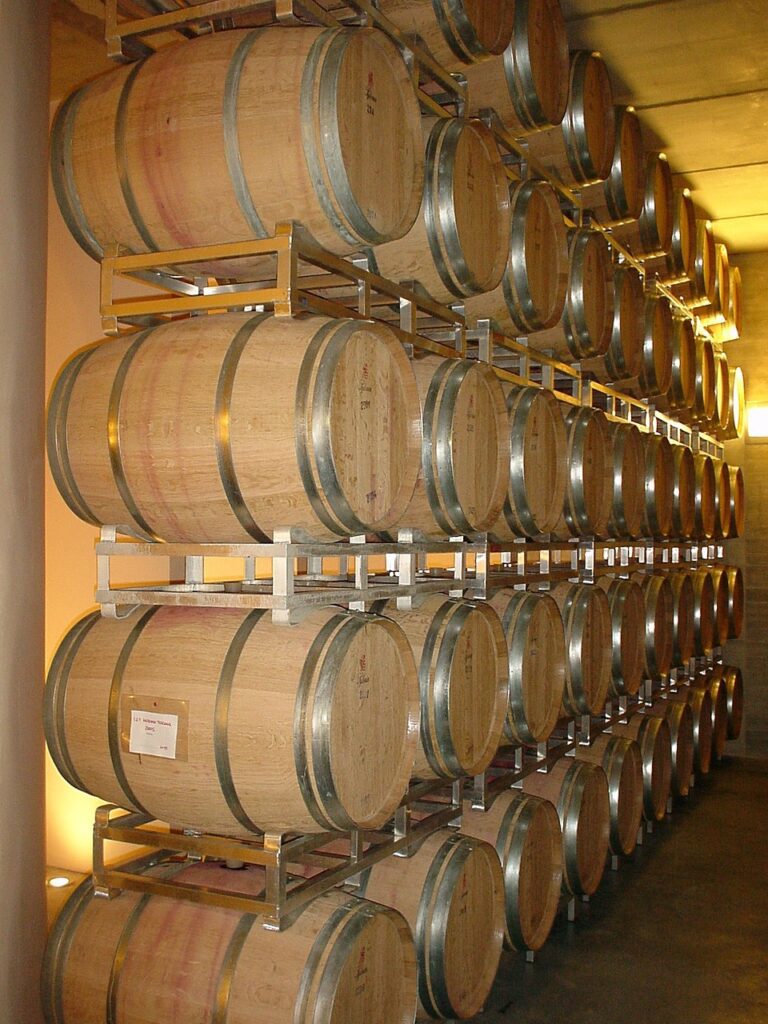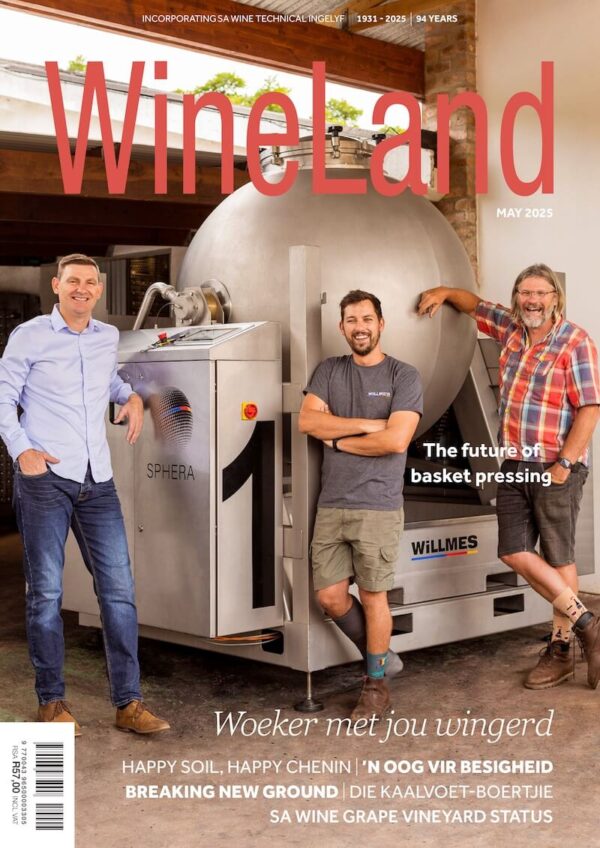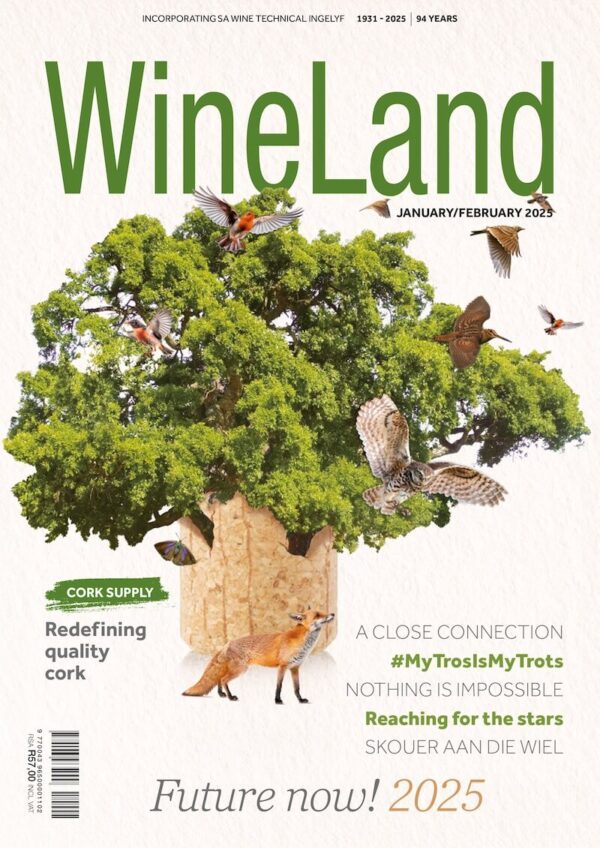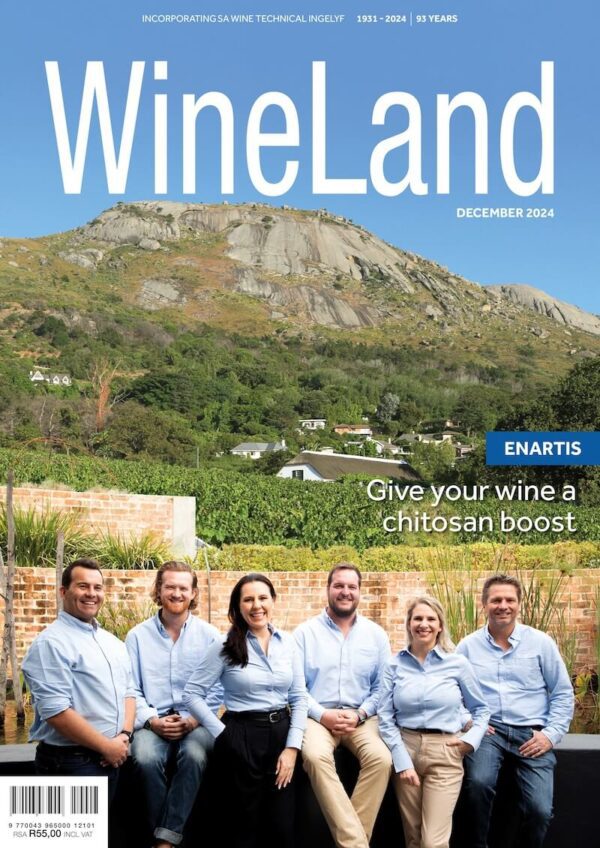
The Balling meter does not reflect an accurate sugar concentration of grape juice.
The conversion of sugar to alcohol by yeasts is the most essential reaction during winemaking, without which wine cannot be produced. The sugar concentration not only plays a role in the eventual alcohol concentration of the wine, but also in the balance and style of the wine.
The sugar concentration of grapes can be determined directly or indirectly. Indirect methods to determine the total dissolved matter include refractometry and hydrometrics. These methods measure the density and correlate it with an index, which expresses it as Brix, Beaumé, Oechsle or other terms. Indirect methods are plain and cheap, but not necessarily a good reflection of the sugar concentration. Non-fermentable compounds in grape juice, like tannins and pectin, reflect light in the same way as fructose and glucose and can consequently increase the reading artificially. The correlation with an index can also be increased by non-fermentable, dissolved substances in grape juice. At 18 degrees Brix the correlation with the actual sugar concentration is at its best. Readings below that indicate a too high sugar reading, while those above it, present a too low sugar concentration. The correlation between Brix readings and sugar concentration is indicated in Table 1.

The direct methods of sugar concentration in grape juice comprise the determination of the glucose and fructose concentrations, which are expressed as gram per litre (g/L). These direct methods are more expensive and timeous, but also more accurate.
The sample, which is used to determine the sugar concentration of a grape juice, is critical. All the sugar must be dissolved and if the grapes are not uniform, a representative sample of it must be taken. It is better to liquidise the sample, before it is analysed, because dried berries can also occur.
Yeast metabolises glucose and fructose to form ethanol and carbon dioxide. If a 100% conversion occurs, 180 g of the sugars will form 92 g ethanol and 88 g carbon dioxide. In practice it does not happen, seeing that part of the sugars is used for yeast cell material and other by-products. The conversion factor can be expressed in one of two ways. Firstly the sugar mass, which is required to form 1% by volume ethanol, namely 16,83 g/L sugar or secondly the percentage alcohol per unit of the density index, namely 0.59% ethanol per degree Brix. Research has shown that the conversion factor of yeast strains varies from 16,5 to 17,2 g sugar per 1% alcohol by volume, which correlates with 0,581 to 0,606% ethanol per degree Brix. The European Union has agreed on a conversion factor of 16,83 g sugar per 1% alcohol per volume, which correlates with 0,594% ethanol per degree Brix.
The alcohol concentration of wine after alcoholic fermentation is determined by different factors. It includes amongst others the yeast strain, dimensions of the fermenter, fermentation temperature, mixing techniques and the correctness of the sugar concentration reading prior to the fermentation. Yeast strains differ regarding their conversion factors. Apart from the yeast strain, the evaporation of the alcohol will also play a role. Open fermenters and containers with a large surface will for example lose more alcohol due to evaporation. Higher temperatures and the method of juice and skin mixing can also promote alcohol evaporation. The sugar reading of the grapes or juice before alcoholic fermentation can frequently be too low, when all the sugar of for example raisins is not dissolved. The application of certain procedures can ensure that a more accurate estimate of the expected alcohol concentration of the final wine is obtained. The analysis sample must be representative, the tolerance of the sugar reading must be borne in mind, the conversion factor of the yeast strain must be known and the circumstances, which can promote alcohol evaporation, must be limited (Glynn, 2019).
Reference
Glynn, M., 2019. Just a spoonful of sugar. Wine Business Monthly, June 2019: 52 – 55.













